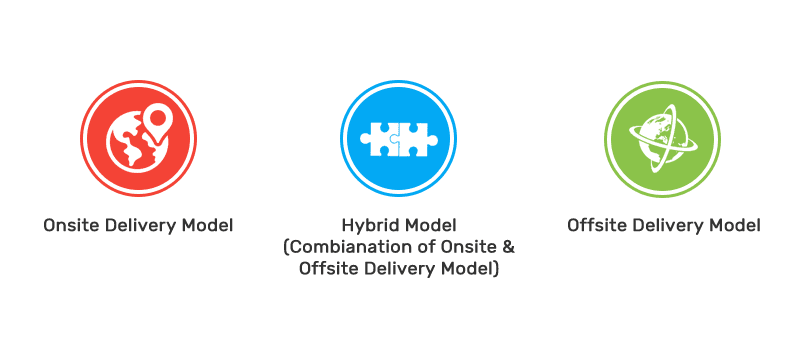-
New Zealand
Process Enabler
How Does It Works
Crafting Success: A Typical Project Workflow
Our work process varies considering different working modes that suites to client. The adapt Processes that help client based on their required output for that particular project. We meticulously navigate through a well-defined process to ensure the successful execution of projects. It all begins with understanding the client's vision and needs, outlined in the Statement of Work (SOW) and conceptual documents. Following a comprehensive Project Estimation phase involving planning and scheduling, we present a detailed proposal for Project Approval, where the SOW is meticulously compared with the initial input.
Upon approval, the Kick-off Plan is initiated, allocating resources efficiently for a smooth project commencement. The subsequent phases involve the Execution & Monitoring of project development, followed by rigorous Quality Checking and meticulous recording of observations through our Quality Management System (QMS). Any identified errors undergo rework, and the entire process is thoroughly documented.
As the project reaches its final stages, we deliver the data to the client, initiating a crucial Feedback phase. This feedback may lead to additions in scope or changes, which are accommodated through Data Update & Resubmission, ensuring alignment with the client's evolving requirements. Finally, we bring the project to a close, wrapping up each aspect systematically. Our workflow is designed for transparency, efficiency, and a commitment to delivering high-quality results tailored to our clients' needs.
Engagement Models
The customer success journey starts with the right engagement model they choose with their engineering design and Cad Services partner. Depending on the project size, duration, concept, and strategy, clients agree on an optimal engagement model with their service provider.
A project engagement model is a plan that describes the specifics of collaboration between a customer and a vendor during the project development.
Engagement models specify the way Support engineering team is engaged in the project, areas of responsibility, payment terms, timelines, management issues, etc. There is no multipurpose engagement model available for engineering Design & development Support to suit any project and satisfy all customers’ demands — its choice depends on the project specifics and client’s software development partnership preferences.
Time and Materials (T&M) Model
The T&M model involves clients paying based on actual time and resources utilized. Ideal for projects with uncertain scope or evolving requirements. Transparency is crucial, as clients receive detailed breakdowns of hours worked and costs incurred.
Advantages
- Flexibility: Accommodates changing project requirements.
- Transparency: Clients see real-time progress and costs.
- Adaptability: Suitable for dynamic environments.
Disadvantages
- Cost Uncertainty: Budgets can fluctuate.
- Risk: Service provider bears the risk of exceeding estimates
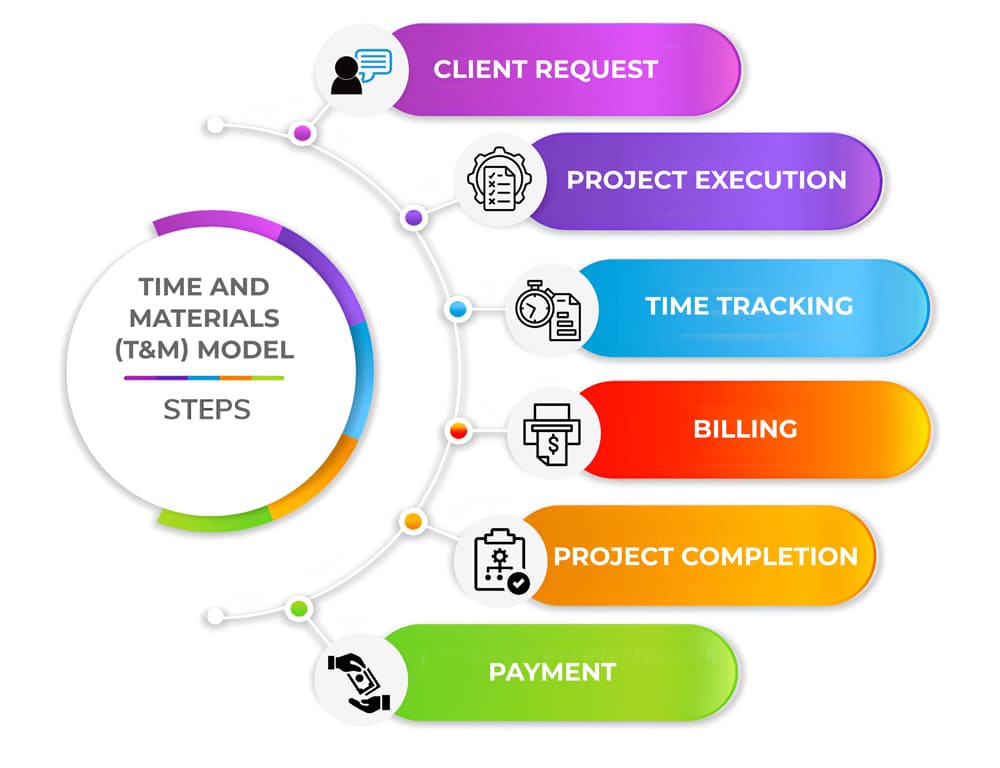
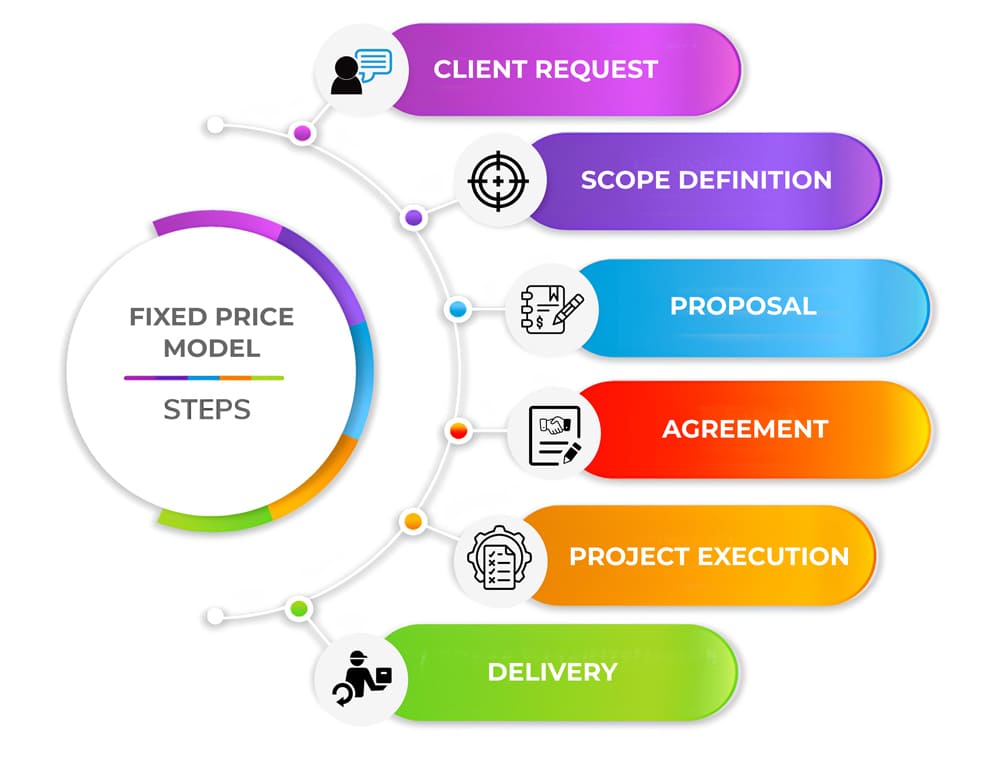
Fixed Price Model
In the fixed price model, the project cost is predetermined and fixed. Suitable for well-defined projects with clear requirements. The risk lies with the service provider, who must deliver within the agreed budget.
Advantages
- Budget Certainty: Clients know the cost upfront.
- Predictability: Clear scope and timeline.
- Low Client Involvement: Minimal client oversight during execution.
Disadvantages
- Scope Constraints: Changes may incur additional costs.
- Limited Flexibility: Not ideal for evolving projects.
Dedicated Team Model
A dedicated team works exclusively on the client’s project. Clients pay a monthly fee for the team’s services. Dedicated team model features a high level of transparency, security, flexibility and scalability , as the team can adapt to changing needs.
Advantages
- Resource Availability: Immediate access to skilled professionals.
- Control: Clients manage the team directly.
- Long-Term Collaboration: Suitable for ongoing projects.
Disadvantages
- Cost Commitment: Monthly fees regardless of project workload
- Dependency: Relies heavily on team performance
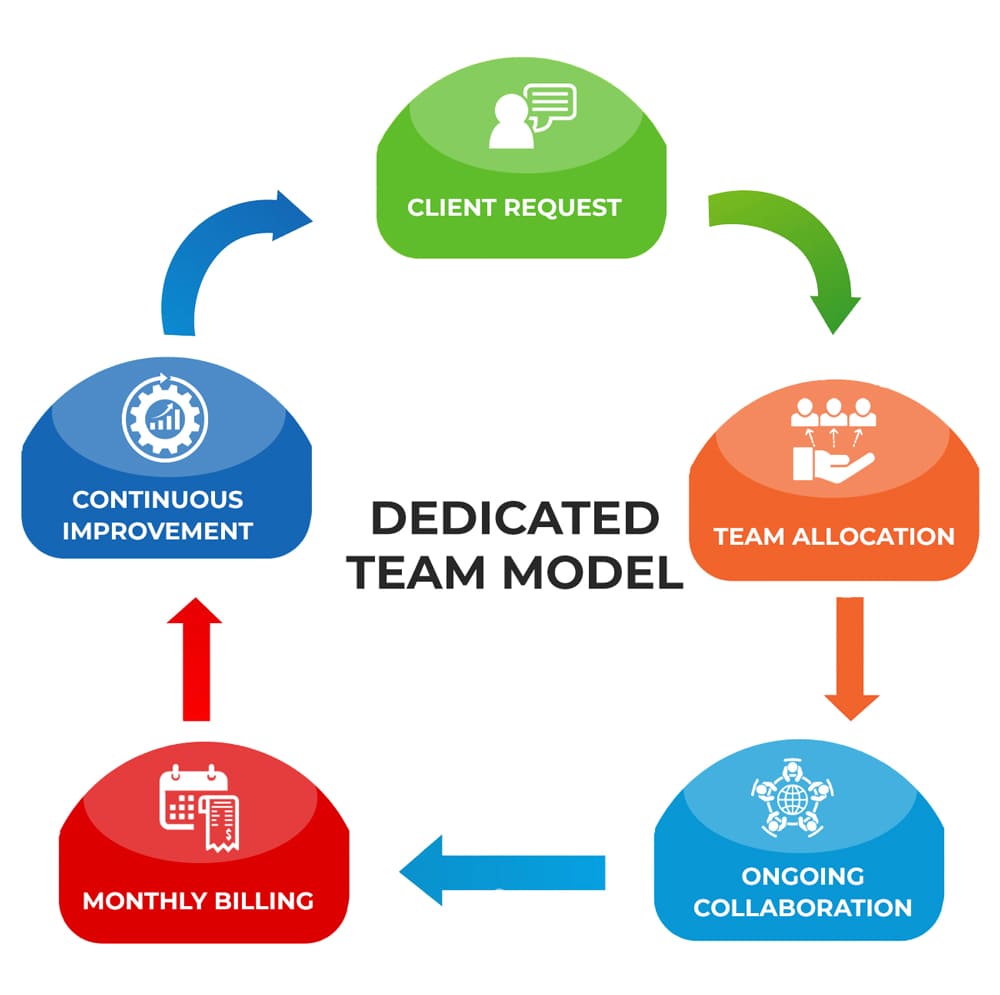
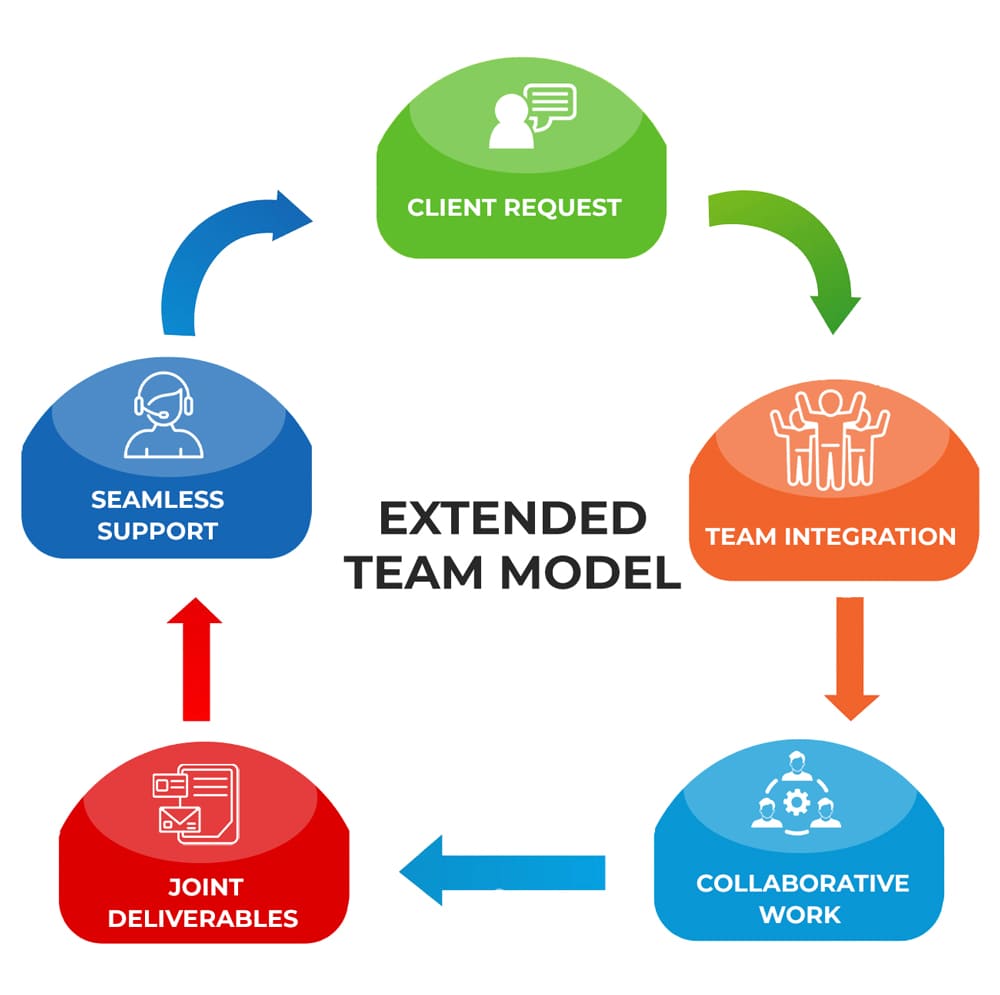
Extended Team Model
Similar to the dedicated team, but the client’s existing team collaborates with the extended team. Allows for knowledge transfer and combines in-house expertise with external resources.
Advantages
- Synergy: Blends internal and external skills.
- Shared Responsibility: Both teams contribute to success.
- Cost-Effective: Leverages existing resources.
Disadvantages
- Communication Challenges: Coordination between teams.
- Cultural Differences: Integration issues.
“offering solutions using a collaborative model and becoming a virtual extension of your engineering & Design development team”
Delivery Models
At Techniqy, we consider delivery models are a must in this evolving business landscape where each business has its own set of requirements and methodology. Our delivery approach is aimed to provide clients with security and scalability to address their business needs.
Offshore Delivery Model
In the offshore delivery model, team works, and delivery occur remotely typically away from client’s location. The service provider’s tea, work from their offshore location and communication happens through virtual channels. Offshore delivery team, works within predefined processes and schedule, thereby making this model the a cost effective solution. With this model client have access to a large talent pool to meet the scalability aspect for future.
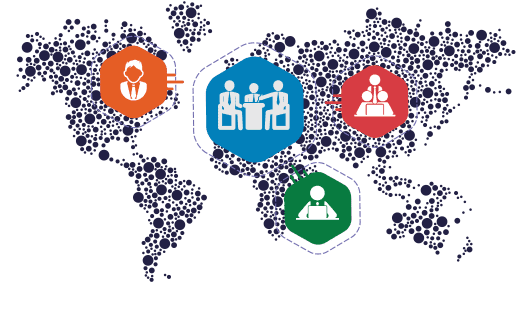
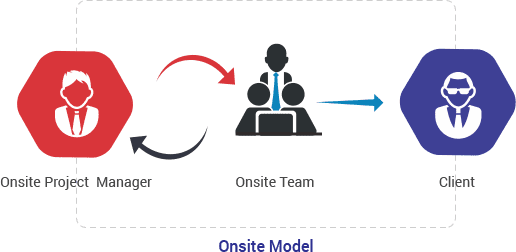
Onsite Delivery Model
In the onsite delivery model, team works at client’s location under project manager. Service Provider deploy their qualified professionals to the client’s site. The insite team interacts with Client’s Project manager to collect inputs, project scope and follow the clients process to work on projects, In this model both client and team get the first hand information about the work progress and have effective collaboration.
Hybrid Delivery Model
Hybrid Delivery model combines onsite and offshore approaches. One or more resources from the service provider works at the client’s location and serve as the point of contact between the offshore team and the Client. In this process Design Process, standards & QMS are well aligned with clients system due to onsite resource.
